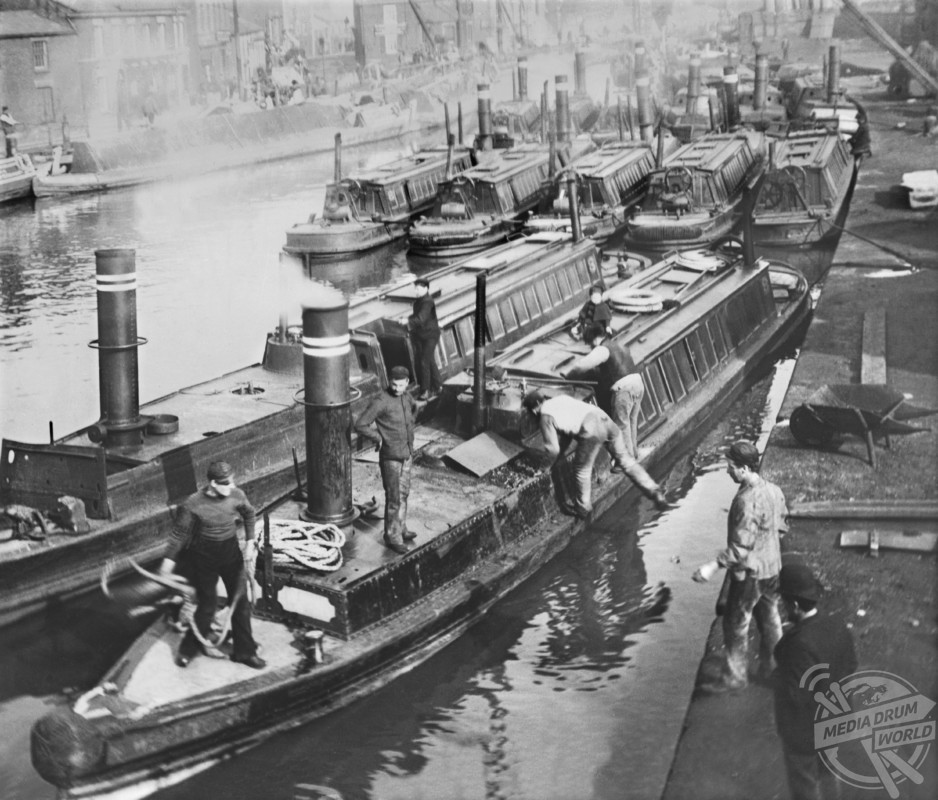By Alex Jones
INCREDIBLE antique images show the Victorian workers who HAND BUILT a canal which became a wonder of its age and saw the North West blossom into an industrial powerhouse.
Fascinating photos from the 1890s showcase the men and machinery who created the Manchester Ship Canal – including a crew of ‘navvies’ on a small boat with a man in an ancient diving suit, workers busily digging out the ‘big ditch’, and a dredger chugging away to help redirect the area’s waterways.
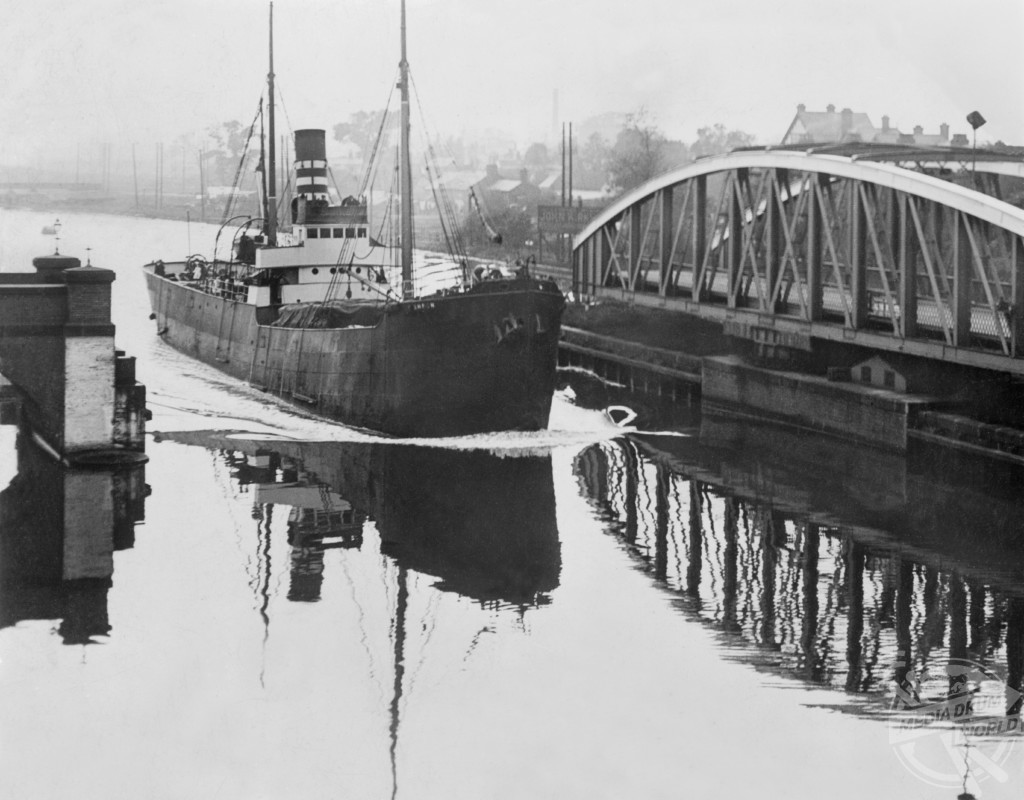
Another stunning shot shows a group of moustached labourers operating a heavy crane during the vast engineering project which saw over 16,000 workers employed at its peak.
Construction of the Manchester Ship Canal, which is still operational today, started in November 1887 and took seven years to complete, with Queen Victoria opening the canal in 1894.
The canal runs for 36 miles from Eastham on the Mersey estuary to Salford in Greater Manchester, enabling ocean-going vessels to navigate their way from the Irish Sea into the industrial heart of Manchester.
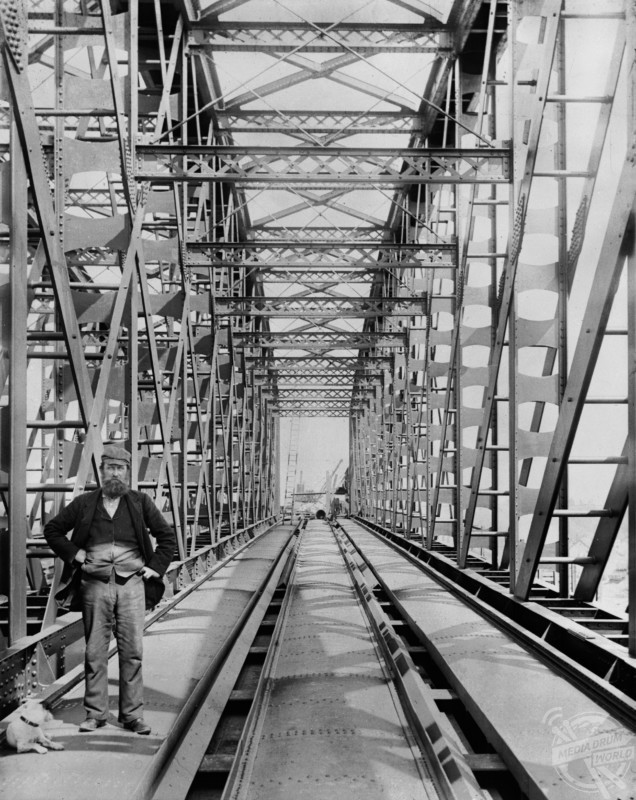
It allowed the Port of Manchester to become the third busiest in the country – despite it being located 40 miles inland.
The Canal is known as the ‘Big Ditch’, because of the immense size of the building project which was predominantly dug by hand and shovel by ‘navvies’ – the nickname for the workers who navigated on the canal.
The navvies worked for long hours in very difficult conditions.
They had to contend with all weathers, including heavy rain and severe frosts.
The work was also dangerous, with risk of serious injury or even death, as the workers removed millions of tonnes of rock and soil.
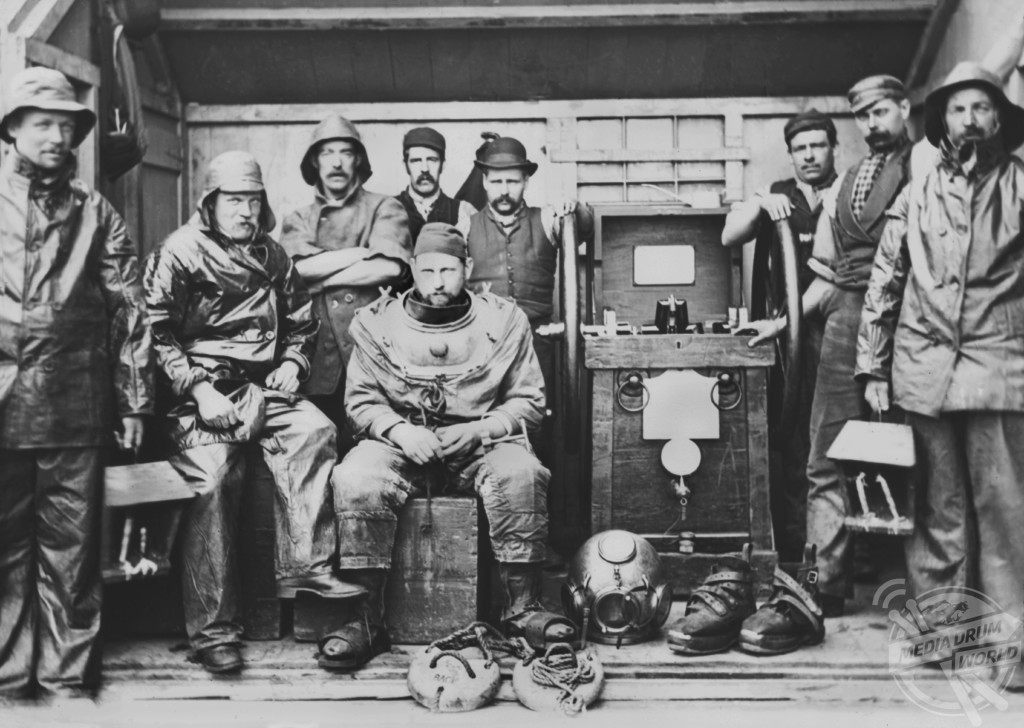
Over 130 men were killed and hundreds more were disfigured or disabled due to the backbreaking work during the epic build.
The scale of the project was exemplified by the large volumes of soil removed during the work which had to be transported off site.
Project engineer Thomas Walker dealt with this problem by setting up a temporary railway network to move men and materials around the sections.
At the time the canal cost a cool £15 million, equivalent to over £1.6 billion in modern terms.
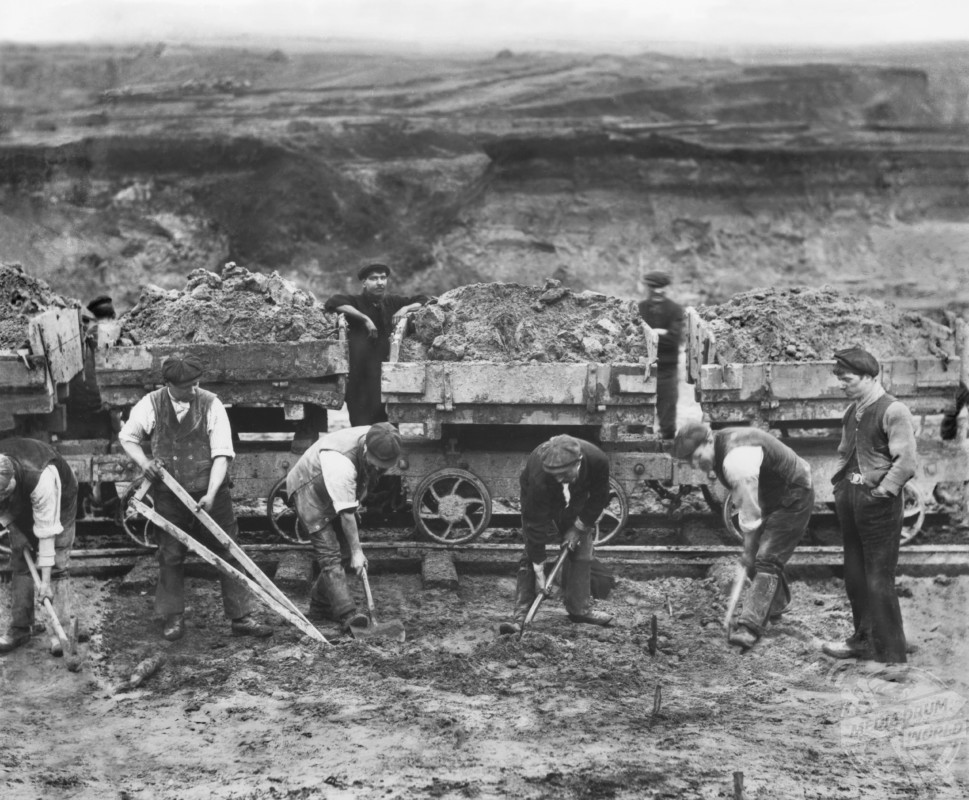
However, this figure pales in comparison to the ongoing saga of High Speed 2 which is estimated to cost £56 billion pound but will probably end up far surpassing this figure.
The Manchester Ship Canal project by contrast was a huge success which brought wealth, prosperity and jobs to the region and was completed in a remarkably quick period of time.
At its peak in 1958, the canal carried over 18 million tonnes of cargo.
Today over 7.5 million tonnes of material still passes through the canal each year, even though the canal is no longer large enough for many modern vessels.

